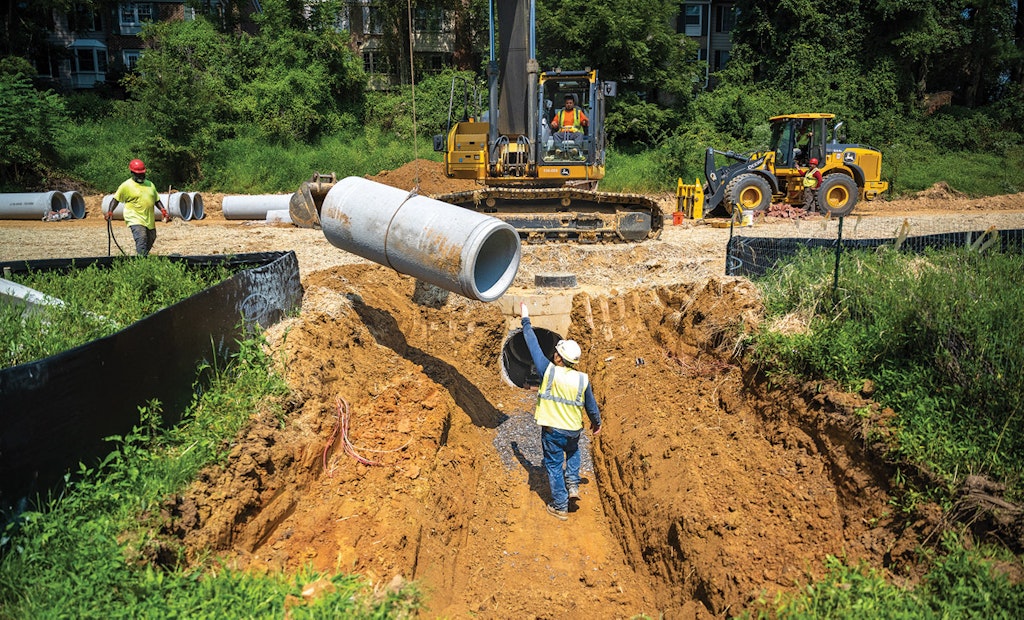Interested in Safety?
Get Safety articles, news and videos right in your inbox! Sign up now.
Safety + Get AlertsUnsafe behaviors are the most common cause of workplace incidents causing injuries, fatalities and property damage. It is estimated that unsafe behaviors cause up to 80 to 90% of incidents.
What this means is employees are making decisions to be unsafe, and this creates negative consequences. Unsafe behaviors do not always end in an injury or property damage, however, as employees often get away with their decisions to work unsafely. Unfortunately, this can form bad habits that will eventually lead to that injury or property damage incident.
Some common examples of unsafe behavior
· Not wearing PPE when a hazardous condition calls for it
· Taking shortcuts even when the employee knows the risks
· Using a cellphone while driving or operating heavy equipment
· Not wearing a seatbelt while driving or operating heavy equipment
· Operating tools and equipment that workers have not been trained to operate
· Choosing to not lock out/tag out when performing maintenance or repairs
· Working in a trench that is not stable or dug correctly
· Working in a confined space that has not been properly tested for hazards
· Allowing oneself to become distracted
· Ignoring safety policies and procedures
There are many more examples that could be listed here, but these tend to be the most common. Workers who consistently work unsafely are taking unnecessary risks with not only their own safety but also the safety of their co-workers and, in some cases, the public. Employees need to understand that unsafe behaviors are a choice they make, even if in some cases it has become a habit and they don’t realize what they are doing. The good news is that making the decision to work safe can change unsafe behavior into safe behavior.
Deciding to work safely
· Hold yourself to a higher standard of working safely. This benefits both you and others. Not dealing with an injury is always a win.
· Decide to set the example of working safely. This will encourage others around you to work safely too.
· Feel compelled to stop work to address safety hazards instead of ignore them. Do not allow others to put your safety at risk either.
· I f you see something, say something. Speaking up when you see a co-worker working unsafely may not be popular, but it might save that worker from a devastating injury.
· It takes time and practice, but making the decision to keep distractions at a minimum can pay dividends when you complete your tasks on time and safely.
Nobody wants to deal with a workplace injury. Some injuries can cause a long time away from the job, cause unbearable pain and suffering, create financial issues at home and create issues for your co-workers who are having to take up the slack due to your absence.
So, if you are guilty of unsafe behavior, the good news is that it just takes a decision to change and become a safety advocate in your workplace. It may not be popular at first, but the benefits far outweigh the negatives of an injury or costly property damage incident.






